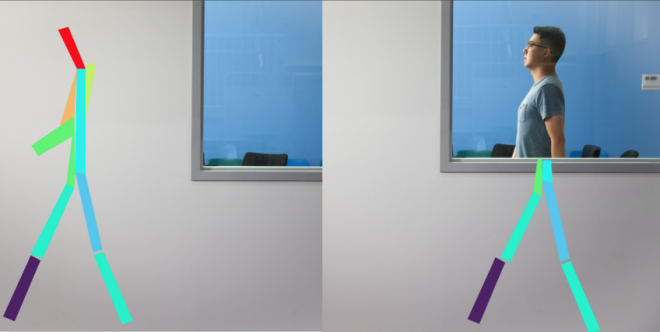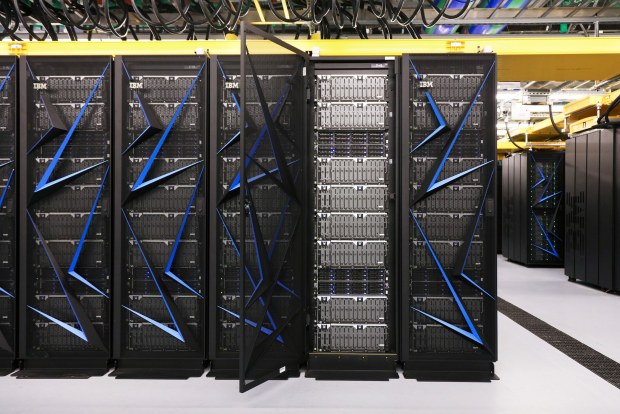MIT’s new AI can now see through walls. MIT has given a computer x-ray vision, but it didn’t need x-rays to do it. The system, known as RF-Pose, uses a neural network and radio signals to track people through an environment and generate wireframe models in real time. It doesn’t even need to have a direct line of sight to know how someone is walking, sitting, or waving their arms on the other side of a wall.

Using wireless signals, RF-Pose could serve as a healthcare system to monitor patients’ movements from the other side of a wall. Source: MIT CSAIL
The MIT researchers decided to collect examples of people walking with both wireless signal pings and cameras. The camera footage was processed to generate stick figures in place of the people, and the team matched that data up with the radio waves. That combined data is what researchers used to train the neural network. With a strong association between the stick figures and RF data, the system is able to create stick figures based on radio wave reflections. One idea is to use the system to monitor those who might be at risk of a fall—a sick or elderly person, say.
Here’s the video which might help in comprehending the topic more.
Sources: MitTechReview, Extremetech, Popular Science
